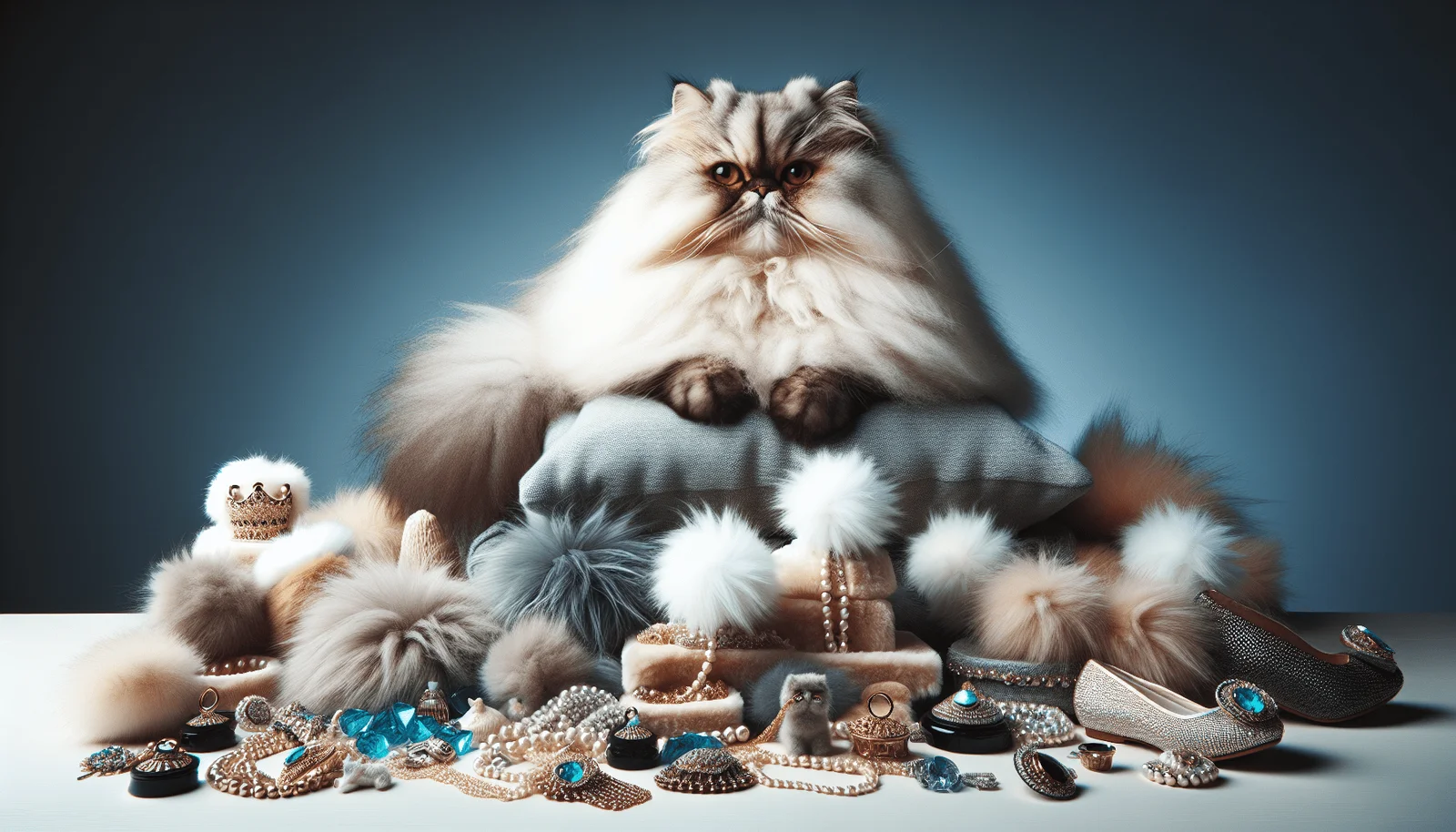Welcome to “The Cost of Persian Cats: Explained” where we will delve into the world of Persian cats and uncover the factors that contribute to their price tags. From breeders to grooming necessities, owning a Persian cat can be a delightful yet expensive investment. Let us break down the expenses to help you understand the true cost of bringing a fluffy feline friend into your life. How much do Persian cats cost these days?
Understanding the cost of Persian cats
Persian cats are known for their luxurious coats, stunning looks, and sweet personalities. But owning a Persian cat comes with a price – both in terms of money and time. In this article, we’ll break down the costs associated with owning a Persian cat, from initial purchase price to long-term expenses.

Initial cost of buying a Persian cat
The initial cost of buying a Persian cat can vary greatly depending on various factors such as the cat’s age, pedigree, color, and breeder reputation. On average, you can expect to pay anywhere from 500 to 5000 US dollars for a Persian cat.
When considering purchasing a Persian cat, it’s important to remember that the initial cost is just the beginning. There will be other expenses that you need to take into account when calculating the total cost of ownership.
Breeder vs. Shelter: Where to buy your Persian cat
When looking to purchase a Persian cat, you have the option of buying from a breeder or adopting from a shelter. While buying from a breeder may cost more initially, you are more likely to get a cat with a known history, health records, and even a pedigree. Adopting from a shelter, on the other hand, can be a more cost-effective option and also a way to give a home to a cat in need.
Consider your budget and preferences when deciding where to get your Persian cat from. Both options have their pros and cons, so choose the one that aligns with your values and circumstances.
Additional expenses to consider
Besides the initial cost of buying a Persian cat, there are several additional expenses that you should factor into your budget:
-
Veterinary care: Regular check-ups, vaccinations, spaying/neutering, and emergency care can add up quickly. Make sure to budget for these ongoing expenses.
-
Grooming: Persian cats require regular grooming to keep their luxurious coats in top condition. This includes brushing, baths, and occasional trips to a professional groomer.
-
Food and supplies: Quality cat food, litter, toys, scratching posts, and other supplies are necessities for any cat owner. Factor in the cost of these items when planning your budget.
-
Pet insurance: Consider investing in pet insurance to help cover unexpected medical expenses. This can provide peace of mind knowing that your cat’s healthcare costs are covered.
How to save money on Persian cat expenses
While owning a Persian cat can be expensive, there are ways to save money on their care without compromising their health and happiness. Here are some tips to help you cut costs:
-
Buy in bulk: Purchasing cat food, litter, and other supplies in bulk can save you money in the long run. Look for deals and discounts at pet stores and online retailers.
-
Learn to groom at home: While professional grooming is important for Persian cats, you can save money by learning how to groom your cat at home. Invest in the right tools and take the time to practice proper grooming techniques.
-
Shop around for veterinary care: Veterinary costs can vary greatly depending on the clinic and location. Do some research and compare prices before choosing a vet for your Persian cat’s care.
-
Consider a pet savings account: Setting aside money each month in a dedicated pet savings account can help you cover unexpected vet bills and other expenses without going into debt.

Long-term costs of owning a Persian cat
Owning a Persian cat is a long-term commitment that comes with ongoing expenses. In addition to the initial purchase price and yearly costs like food and supplies, you should also consider the following long-term expenses:
-
Age-related health issues: Persian cats are prone to certain health issues such as kidney disease, dental problems, and respiratory issues. These conditions may require ongoing treatment and monitoring as your cat ages.
-
Travel and boarding costs: If you travel frequently or need to board your cat for any reason, these costs can add up over time. Factor in the expense of pet sitters, boarding fees, and transportation costs when planning for future expenses.
-
End-of-life care: As your Persian cat grows older, you may need to consider end-of-life care options such as hospice care, euthanasia, or cremation. These costs can be emotional and financial burdens, so it’s important to plan ahead and make decisions that align with your values.
Conclusion
While the cost of owning a Persian cat can be high, the joy and companionship that they bring are priceless. By understanding the expenses involved in owning a Persian cat and planning ahead, you can provide the best care for your feline friend without breaking the bank. Remember to budget for both the initial purchase price and the long-term expenses of owning a Persian cat, and enjoy the love and affection that your furry companion brings into your life.
